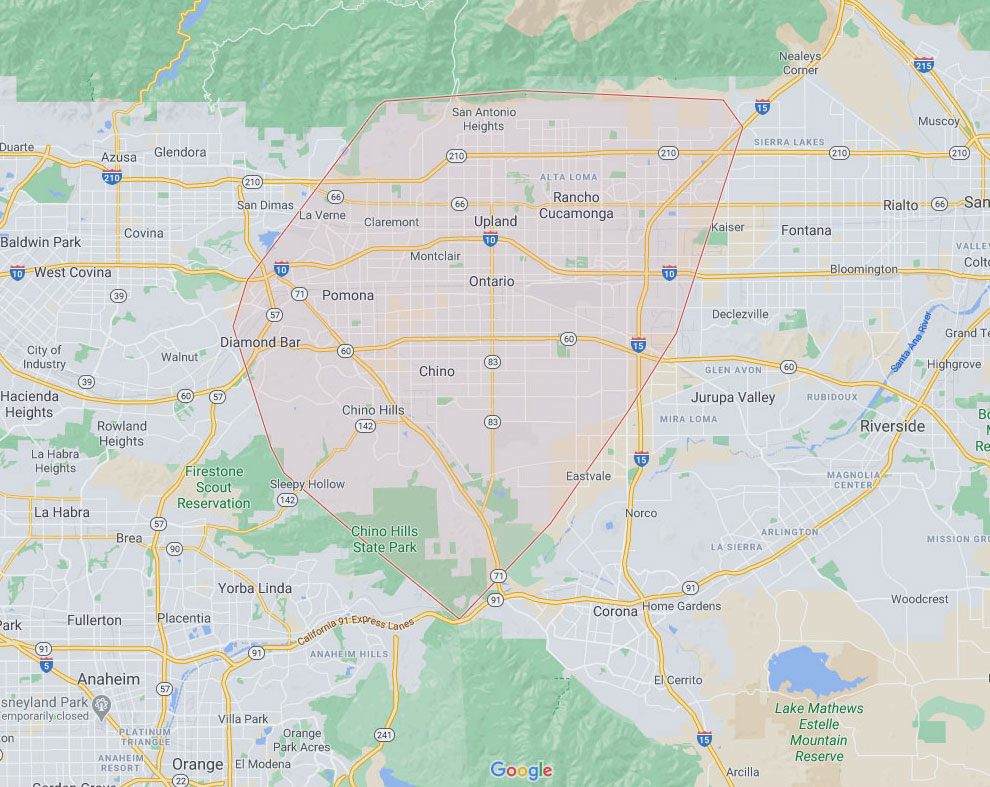In many parts of the world, cases of COVID-19 are declining, while other areas are seeing spikes. But the pandemic is still evolving. Doctors, public health experts and researchers are trying to answer tough questions: When will this first wave be over, and will there be a second wave of COVID-19 in the fall?
Because so little is known about the SARS-CoV-2, the coronavirus that causes COVID-19, these are not easy questions to answer, but Lisa Maragakis, M.D., M.P.H., a specialist in infectious disease at Johns Hopkins Medicine, sheds light on what we know now.
Is the first wave of coronavirus over?
No, we’re still in the first wave. In some sense, the spread of the coronavirus so far has been more like a patchwork quilt than a wave. The COVID-19 pandemic in the U.S. is affecting different areas throughout the country in different ways at different times.
Some cities and towns experienced severe outbreaks and appear to be recovering, other places have not had many cases, and some states are only now experiencing a rise in COVID-19. It’s also clear that places where people live or work closely together (nursing homes, multigenerational households, prisons and businesses such as meat packing plants) have tended to see more spread of the coronavirus.
Although some areas are reporting declining numbers of infections and deaths, localized outbreaks at nursing homes and “superspreader” events — in which one infected person transmits the virus to many others at a gathering — continue to occur.
Why are there coronavirus spikes?
As communities begin to reopen, people are understandably eager to be able to go out and resume some of their regular activities. But we don’t yet have an effective therapy or vaccine, so the reopenings are intended to take place safely while maintaining social distancing, and masking and hand-washing as we’ve done over the last few months. Some people relax these infection prevention efforts as soon as places begin to reopen, and this can cause the number of coronavirus infections to rise.
There seems to be a long delay between a policy change in a community and when its effects show up in the COVID-19 data. As locations reopen businesses, they might not see any effects, such as an increase in the number of COVID-19 cases or hospitalizations, a week or even two weeks later. It seems to take much longer, perhaps as many as eight weeks, for effects to appear in the population-level data.
When a person is exposed to the coronavirus, it can take up to two weeks before they become sick enough to go to the doctor, get tested and have their case counted in the data. It takes even more time for additional people to become ill after being exposed to that person, and so on. Several cycles of infection are likely to occur before a noticeable increase shows in the data that public health officials use to track the pandemic.
So when an area relaxes social distancing guidelines and “reopens,” the effects of that change might take a month or more to be seen. Of course, surges after reopening also depend on the behaviors of people when they start moving around more. If everyone continues to wear masks, wash their hands and practice social distancing, reopening will have a much lower impact on transmission of the virus than in communities where people do not continue these safety precautions on a widespread basis.






